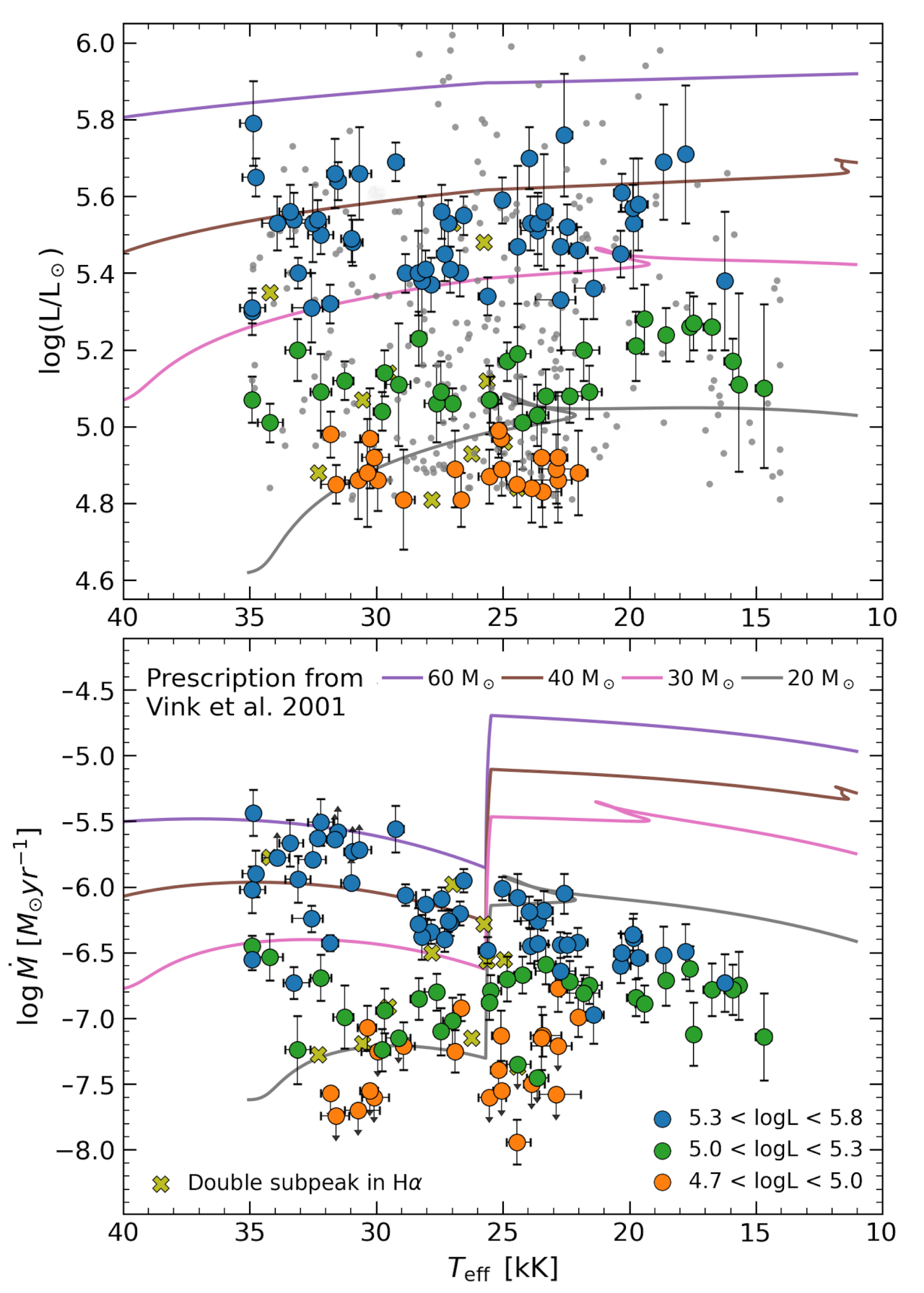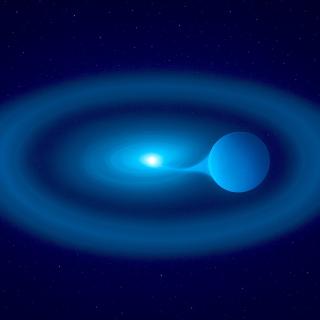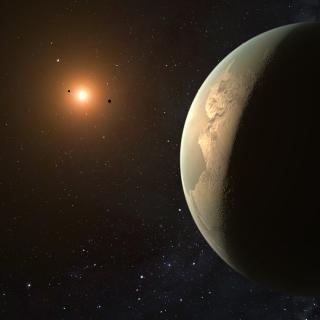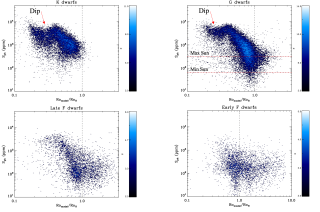The properties of blue supergiants are key for constraining the end of the main sequence phase, a phase during which massive stars spend most of their lifetimes. The lack of fast-rotating stars below 21.000K, a temperature around which stellar winds change in behaviour, has been proposed to be caused by enhanced mass-loss rates, which would spin down the star. Alternatively, the lack of fast-rotating stars may be the result of stars reaching the end of the main sequence. Here, we combine newly derived estimates of photospheric and wind parameters, wind terminal velocities from the literature, and Gaia distances to obtain upper limits on the mass-loss rates for a sample of ≈120 Galactic blue supergiants. Our results show no increase in mass-loss rates in the 30.000–15.000K range. Therefore, we argue that the drop in rotational velocities cannot be explained by enhanced mass loss. Since a large jump in mass-loss rates is commonly included in evolutionary models, we suggest an urgent revision of the currently used default prescriptions.
Advertised on
Authors
Abel de
Burgos Sierra
Zsolt Keszthelyi
Sergio
Simón Díaz
Miguel A. Urbaneja
References




